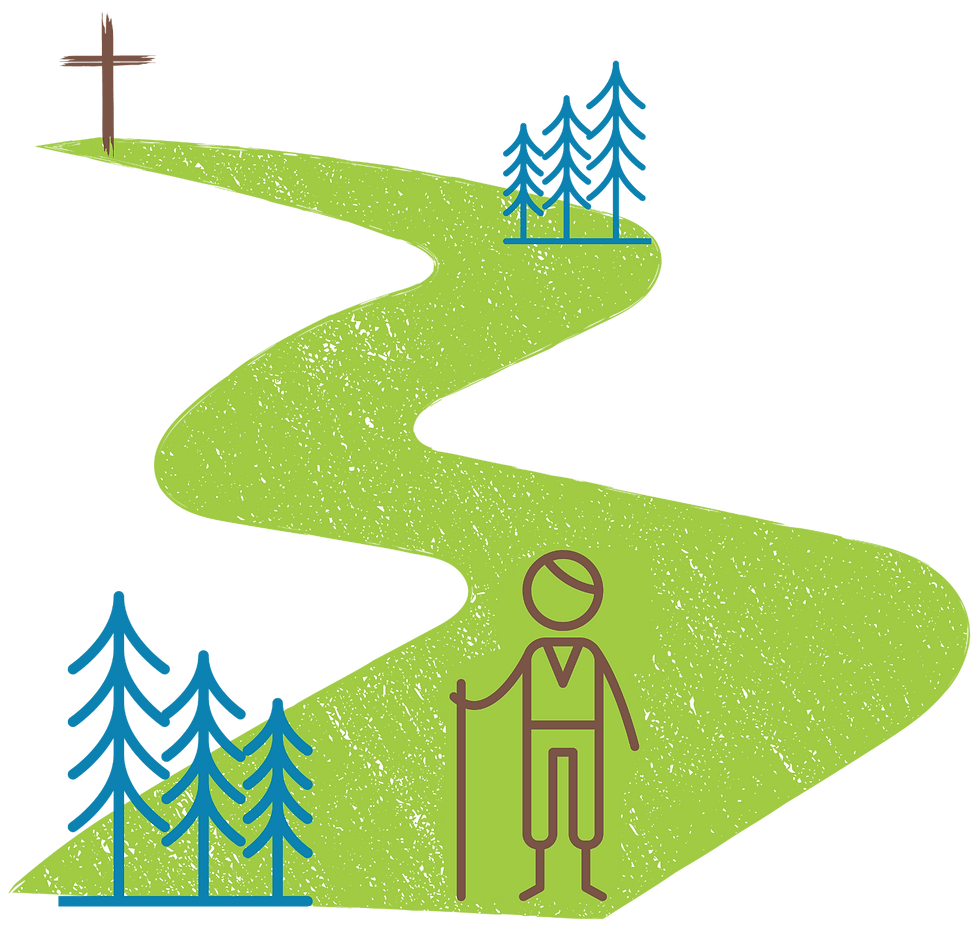Wholeness
- Englewood ByLines

- Nov 7, 2022
- 3 min read
by Katy Lines

How often do you see goodness in the daily news? These days, I don’t hear or read much good news in our city, country, or world. Of course, the news cycle feeds on drama, and drama is more newsworthy when it’s negative or flashy. One small example: During the height of the pandemic, the top (or near top) headline on the NYT app listed daily numbers of cases, hospitalizations, and deaths, along with a percentage of change (red numbers for rising deaths and green for falling numbers). Each day, we’d track if the virus was winning or ebbing. Over the past several months however, as cases and deaths continue to decline (today lists 339 deaths nationwide), the graph has dropped farther and farther down the app, requiring interested followers to scroll longer to find it. Today, it showed up just above “Culture and Lifestyle,” near the very bottom. When COVID deaths were at their highest, it was a big deal. Now that deaths have sharply declined and the virus is endemic, it’s no longer newsworthy. But personally, I think lower death rates are pretty good news!
What is good news? Jesus is among us! In today’s text, Jesus travels from city to city, village to village, showing and telling the “good news of the kingdom” (.35). In God’s home, broken things are made whole, sick things restored to health. That’s good news!
A religious leader’s daughter has died, her corpse soon to be buried. Jesus touches her body, heals her. What was previously a breaking news alert, paparazzi making a commotion, straining to see the mourning family, was transformed into good news reported throughout the neighborhood.
A woman ostracized from social circles, likely unhoused, unable to fulfill her social obligations due to a chronic disorder, without a state safety net and relying on the unreliability of bystanders’ charity— in her desperation, she reaches to touch the only person she can think of that can change her situation. That’s faith! And that touch of faith born of desperation is what Jesus responds to. “Beloved daughter, your trust in me is what has healed you.”
Two blind men seeking mercy, like the bleeding woman boldly interrupting Jesus’ journey. Jesus stops and asks them an odd question: “Do you believe I can do this?” Jesus brings wholeness to those who are seeking it. He’s not a magician, but responds to people’s faith in him. Their eyes were opened— that’s good news!
A person held silently captive is set free to sing and shout— that’s good news, and it grabs the headlines!—momentarily. As Todd mentioned, like a seamstress, Jesus carefully and intentionally brings wholeness through the joining of that which was thought should remain separate— death becomes life, impurity and sickness become healthy and clean, those in bondage are set free. Jesus demonstrates God’s intention, healing, bringing wholeness.
But that healing is disruptive, as Todd also said. And this threatens the religious leaders, who have so convinced themselves of the rightness of their theological systems that, though they’ve studied miracles from God’s prophets in the past, they will not believe Jesus is of God (.34). They change the rules to maintain their own authority and systems, rather than recognize the authority inherent in Jesus’ message and work: Jesus is doing something new by sewing together broken people and systems into healthy wholeness.

Matthew reminds us that the Jesus way is not travelled by Jesus alone. Jesus was mobile, moving to where the people were (.35). He was motivated by compassion; Jesus knew that people desired the good news he was offering (.36). But Jesus also knew there were others willing to jump on the trail with him (.37-38), demonstrating and proclaiming the (disruptive) good news of belonging in God’s household, being healed, re-created fully whole.
This good news will likely not grab headlines, but it does transform lives. And I’m grateful to be on this trail with Jesus and all of you.





Comments